This post may contain affiliate links. For more info, please read our full disclosure here
When it comes to the keto diet, being in ketosis is pivotal to your success and ultimately getting the results you desire. The main point of the ketogenic diet is to achieve and maintain the state of ketosis.
This is where you get to really enjoy the benefits of ketone production like improved weight loss, less cravings, more energy and mental clarity and the rest. So yeah, you need to be in ketosis to really make the keto work well for you.
Our guide on how to enter ketosis covered everything you need to know and do to be able to enter and maintain the ketogenic state. But how do you actually know when you get there? And how can you be sure?
This guide shows you how you can tell when you are approaching ketosis, the signs and symptoms to look out for and how best to measure it.
What is ketosis?
Normally, for the average person on a high carb diet, your body runs on carbohydrates and uses glucose which is gotten from those carbohydrates as its’s primary source of energy.
On the keto diet, you are meant to lower your carb intake to a certain extent and increase healthy fat intake. When you do this, your body’s metabolism switches from using carbohydrates as its primary energy source to using fats.
Fats and fatty acids are broken down into molecules called ketones, which your body uses to fuel itself. This metabolic state whereby your body uses the ketones gotten from the breakdown of fats as its primary fuel source is known as ketosis.
There are certain health benefits associated with it and in order to reap the full benefits of the ketogenic diet, you need to be able to achieve and maintain this metabolic state of ketosis.
Now then, how can you tell if you’re there or not?
How to tell of you are in ketosis
When your metabolism switches from using glucose as its primary fuel source to using ketones, your body will send you some signals based on the new “changes” going on. Plus, you will begin to notice a couple of them yourself.
Basically, there are a bunch of signs and symptoms of ketosis you’ll notice when go keto. Also, there are certain instruments you can use to measure ketosis and your level of ketone production as well.
Signs of ketosis to look out for
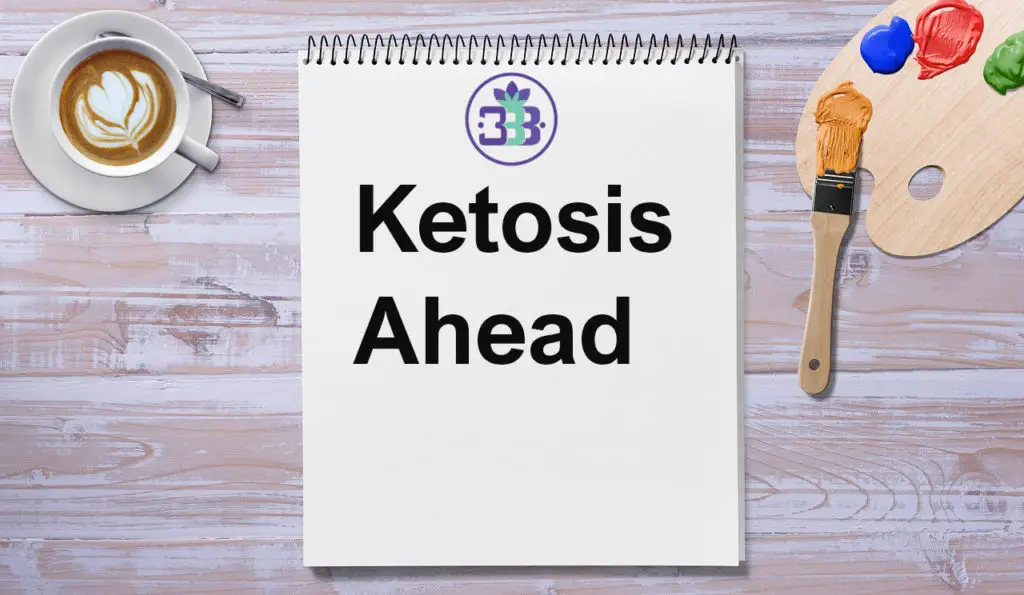
Once you begin ketone production, your body will send you certain signs and signals which will tell you that you’re on the right track. Although it’s important to note, some of these symptoms may be experienced without you necessarily being in ketosis.
But if you experience 2 or 3 of these signs at the same time, odds are, you’re on the right track. These signs may not be the most accurate way to measure ketosis, but they’ll definitely give you a hint if you’re doing it right or not.
So then, what are some of the signs of ketosis to look out for? They are;
- Weight loss
- Thirst and dehydration
- The keto breath
- Reduced hunger
- Short term fatigue
- Better focus and energy
Weight loss
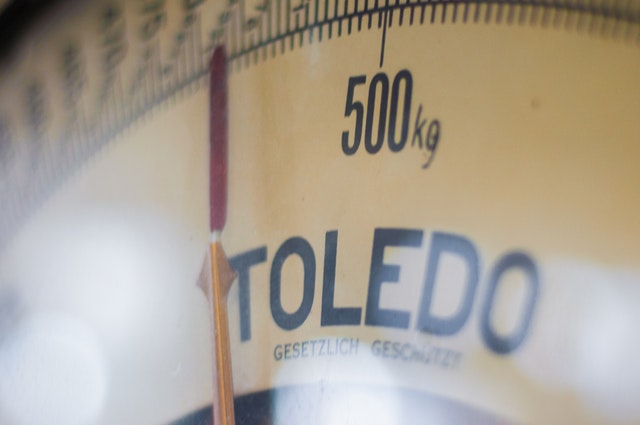
One of the first symptoms you are most likely to notice once you first go keto. Although weight loss is still possible outside the keto diet, the type that comes with ketosis is a little bit special.
When you first go low carb or especially keto, your body let’s go of a lot of water molecules holding onto the sugar (glycogen) molecules in your body. As a result, you lose a lot of weight very rapidly.
This is referred to as water weight. It is a sign that your body is adjusting to the low carb intake and getting ready for ketone production. After losing the water weight, fat will begin to fall off more steadily.
So if you notice that you’re losing weight rather quite quickly on keto, it could be a sign that you’re approaching ketosis.
Thirst and dehydration
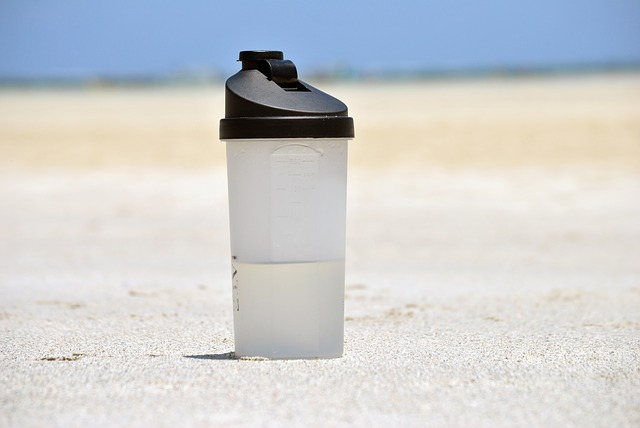
Glucose is stored in the liver as glycogen. These glycogen molecules usually hold on to a lot of water. For ketosis to take place, your body first uses up the glycogen in the liver before ketone production can initially commence.
When the glycogen is used up, a lot of water molecules are released along with it leading to the loss of “water weight” as stated above. The large loss of water can also leave you feeling thirsty and dehydrated.
This, like I said above, is a sign that your body is getting ready for ketone production.
The thirst and dehydration isn’t really much of a problem. Once you feel thirsty, just ensure you drink enough water. Always try to stay hydrated and you’ll feel better and refreshed.
The keto breath
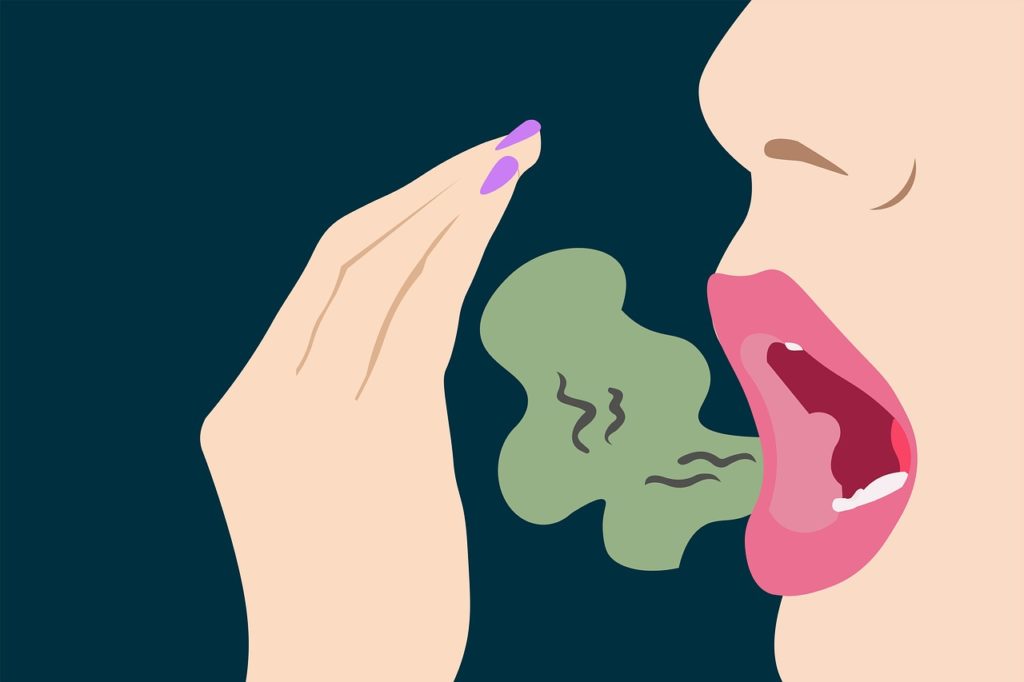
Another sign of ketosis for you to look out for is the keto breath. When your body starts with ketone production, a particular type of ketone body called acetone is also produced.
Acetone is removed from the body through your urine and breath. That’s why its called the keto breath. It has a smell similar to an unpleasant fruity smell or something like the smell of a nail polish remover.
Although it is a good sign that your body is entering ketosis, nobody likes to have bad breath.
You don’t have to worry much because the more your body gets used to producing ketones, the less you’ll have to deal with the keto breath because less and less acetone would be produced over time as your body gets used to ketone production.
In other words, when you stick to the ketogenic diet, the keto breath will go away. Even on top of that, you can still take care of the keto breath by
- Brushing more regularly
- Taking sugar free gums
- Using mouthwashes
When taking sugar free gums, remember to check the labels for hidden carbs as it may lower your ketone production.
Reduced hunger
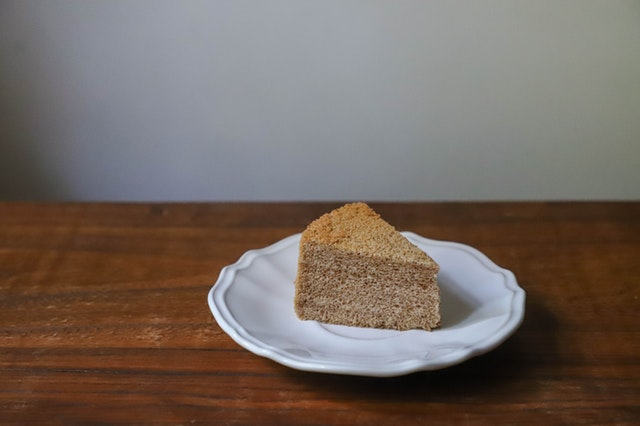
Hunger is one of the reasons why a lot of diets and dieting plans fail. Because it becomes very difficult to stick to a plan when the pangs of hunger are tearing you apart. The story is definitely not the same on the ketogenic diet.
Ketones, have been proven to help supress and control appetite. Meaning once you begin ketone production and are in ketosis, you’ll have way less issues with hunger cravings.
This is one of the benefits of ketone production and is one of the reasons why the keto diet seems to work really well for weight loss.
So if you begin to feel less hungry on keto, then you might be in ketosis.
Short term fatigue

When you restrict carbs, your body will turn to its next and readily available option, which is fats. But this metabolic switch isn’t likely to happen in the blink of an eye, especially if you’re not too metabolically flexible.
During the switch from glucose to ketones, you may experience short term fatigue. One of the reasons why this happens could be that your body hasn’t fully gotten used to running on fats.
Also, when your body got rid of all the excess water weight, some important molecules known as electrolytes went along with it and this can leave you feeling tired and less effective.
Fatigue can be prevented by staying hydrated and replenishing your electrolytes. Also, taking MCT oils can help you enter ketosis quicker.
Once you’re in ketosis and your body starts producing ketones properly, you will feel load of energy, more focused and more effective.
Short term fatigue is associated with the keto flu, which includes a couple of symptoms you experience before your transition into ketosis.
For more information on how to deal with these keto flu symptoms, check out our guide on the keto flu and how to beat it.
Better focus and energy

You are only likely to experience the short term fatigue stated above during your transition period into ketosis. Once you become fat adapted, you’ll notice you’ll have way more energy than usual and your focus and productivity will be improved.
Ketones have proven to be a more efficient source of energy than glucose, so once you begin ketone production and become fat adapted, you can expect more energy for longer.
Ketones also improve brain function, providing you with better mental clarity and less mental fogginess.
Best ways to measure ketosis
The signs listed above are basically to tell you if you are entering ketosis or are on the right track. But even at that, they are not the most accurate way to gauge if you are in ketosis or not.
There are other more guaranteed ways you can use to determine if you are in ketosis or not and also measure your level of ketone production. That way, you can make the necessary tweaks and changes to reach the ideal level of ketone production.
There are 3 main ways you can use to measure ketosis. They are;
- Urine testing
- Breath testing
- Blood testing
Each has its ups and downs, so it’s best to choose the one that works best for you.
Urine testing

You can measure ketosis through your urine. This is because your body produces 3 types of ketones. One of them is acetoacetate. Unused acetoacetate is excreted from the body through the urine.
The levels of this acetoacetate in your urine is an indication of the amount of ketones being produced.
Urine strips are used to measure ketone levels in urine testing. The strips change colour depending on the level of acetoacetate found in the urine. You can expect colours ranging from pink to purple.
A pinkish colour indicates low ketone production while a dark purple colour indicates high ketone production.
Newbies to keto can expect a darker purple colour because their body isn’t too efficient at producing ketones, so more acetoacetate will be excreted.
However, after some time on the keto diet, a slightly lighter colour can be expected. This is because the body gets better and more efficient at producing ketones, therefore, less acetoacetate will be excreted.
Which means ketone production could be the same, but in a more efficient way, leading to slightly less acetoacetate in the urine and therefore slightly lower readings.
Keto urine strips can easily help you answer if you are in ketosis or not. But it is less accurate when it comes to telling you the exact amount of ketones you are producing. Also, your level of hydration can affect the results.
Meaning if you have more water in your urine, you might see a lighter colour and if you have little water in your urine, you might see a darker colour. Regardless, urine testing still seems like a pretty accurate way to measure ketosis.
Here are some important things you should know about urine testing
- Relatively cheap (about $12 for 50 strips)
- Ideal for newbies
- Easily answers the question “am I in ketosis or not”
- Results may vary depending on hydration levels and how efficiently your body produces ketones.
- Pretty accurate but not the most accurate method
- Very easy to use and convenient
Breath testing
You can also know your level of ketone production by measuring the amount of ketones in your breath. Breath testing measures the amount of a particular ketone called acetone. Acetone is produced alongside the 2 other ketones in the body.
But unlike the rest, acetone isn’t mainly used by the body, so it is excreted through the breath, urine and sweat. A ketone breath test is done using an instrument called a breathalyzer or breath ketone meter.
Here’s how it works. You connect it to your computer and exhale or blow air into it using your mouth. Simple as that. The level of acetone in your breath indicates the level of ketones you are producing.
You can get more accurate results with a breath meter than you would get with urine strips. Basically a reading between 40 and 80 shows you’re in ketosis
A breath meter is somewhat expensive, going for about 120 – 200$. But it’s a one-time investment as you don’t have to worry about buying strips as you would in the case of urine testing
Some important things to note about ketone breath testing
- Very easy to use
- More expensive, but may be cheaper on the long run (about 150 – 200$) – one time cost
- More accurate than urine strips although less accurate than blood testing
- Very convenient to use as well
Blood testing

Blood testing is by far the most accurate way to measure ketosis. This is because it measures ketone levels directly from the blood.
Blood ketone testing is done using an instrument called “the blood ketone meter”. It works by directly measuring the amount of ketones in a sample of your blood.
A standard blood meter comes with a lancet to help you prick yourself to draw blood. So you don’t have to start stabbing or cutting yourself just to read your ketone levels.
Once you prick yourself using the lancet, simply place the drop of blood on the strip and place it in the meter to know your ketone reading. The reading you get shows your ketone level. Generally a reading of
- 0.5 – 1.5mmol/L or 50 – 300mg/dL shows the start of nutritional ketosis
- 1.5 – 3.0mmol/L or 150 – 300mg/dL shows optimal ketosis
You should aim for 1.5 – 3.0mmol/l readings. The blood testing method is the most accurate, however more expensive. A single strip can cost up to 3 or 5$ depending on where you get it.
Important things to note about the blood testing
- It is by far the most accurate way to measure ketosis
- Can be quite expensive
- May not be ideal if you are the type that hates needles
- Still pretty easy, reliable and simple to use
Extra tips to note when measuring ketosis

- Blood ketone levels tend to be generally lower in the morning and higher during the rest of the day. Whichever time of the day you choose to measure is not too relevant. As long as you stick to measuring during that time of the day
- You can expect higher ketone levels after anaerobic exercises like running or cycling because your body burns more glycogen
- Hormonal changes may influence ketone production.
- Try not to obsess over your ketone levels. Rather concentrate on eating good quality keto foods that make you feel good and take you closer to your goal on the diet.
Summing it all up
The ketogenic diet has proven to be a healthy and effective way of eating. But to reap the full benefits of going keto, you need to be in ketosis.
There are several ways you can tell if you are approaching ketosis or are on the right track. These include certain signs you may see as you approach ketosis which include more energy, weight loss, the keto breath and reduced hunger.
However, the most accurate way to know is by measuring ketosis. Methods of measuring ketosis include the urine test method, breath test method and the blood ketone test method.
Each of these three methods have their ups and downs. Whichever method you prefer to use to measure ketosis is up to you. Choose the one that is best convenient for you.
Also try not to obsess over your ketone levels. Rather focus on eating good healthy keto foods that make you feel great and get you closer to your desired goals.
If you loved this guide, feel free to share it with your friends. Also check out our free keto resources and keto diet recommendations to make your keto journey easier and help you achieve your desired results.
Keto Meal Plans That Make Fat Burning Easier
References
- Signs and symptoms of ketosis – Healthline
- Breath acetone, a reliable indicator of ketosis – NCBI
- Keto diet compliance: Best time of the day to test for urinary ketosis – NCBI
- Effect of ketones on mitochondrial function – sciencedirect
- Ketones, more efficient source of energy – NCBI
- The Effects of a Low-Carbohydrate Diet on Appetite – NCBI
- Metabolic flexibility in health and disease – NCBI
- Multi-dimensional roles of ketone bodies in fuel metabolism, signalling, and therapeutics – NCBI

